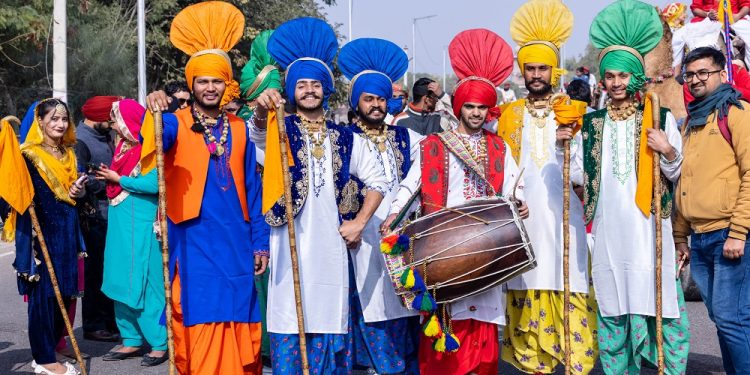
Vaisakhi
Vaisakhi is a harvest festival celebrated in the Punjab region of South Asia on the first day of Vaisakh on the Punjabi calendar, which corresponds to around April 13th or 14th on the Gregorian calendar. It marks the beginning of the New Year and is also a day that honors Sikh faith and traditions.
History of Vaisakhi
This holiday has been celebrated as a harvest festival for hundreds of years in the Punjab region of South Asia. It was in 1699 that the tenth guru, Guru Gobind Singh, decided to use the harvest festival to transform the Sikhs into soldier saints known as the Khalsa Panth.
He did this by emerging from the Vaisakhi tent with a sword in hand, challenging any Sikh who was prepared to give up his life to enter his tent. The first Sikh volunteered and followed Guru Gobind Singh into the tent.
After a moment, the Guru returned alone, the sword still in his hand but now covered in blood. He then asked for another volunteer, and then another. Each time, a Sikh would disappear into the tent and the Guru would return alone. Finally, after the fifth man disappeared into the tent, the Guru issued an order and they emerged from his tent.
He named these five men the Panj Piare, or “Beloved Five.” The Guru then baptized the men with Amrit and said prayers over them. This tradition became the basis of the baptism ceremony for Sikhs.
Vaisakhi Customs & Celebrations
Vaisakhi is celebrated in various ways. Many traditions are common, such as Gurdwaras being elaborately decorated and the faithful going inside to pray.
Additionally, many people enjoy parades and music during the day. Sikhs often choose this day for baptism. Most government offices are open, but citizens can often take a restricted holiday to celebrate Vaisakhi.








